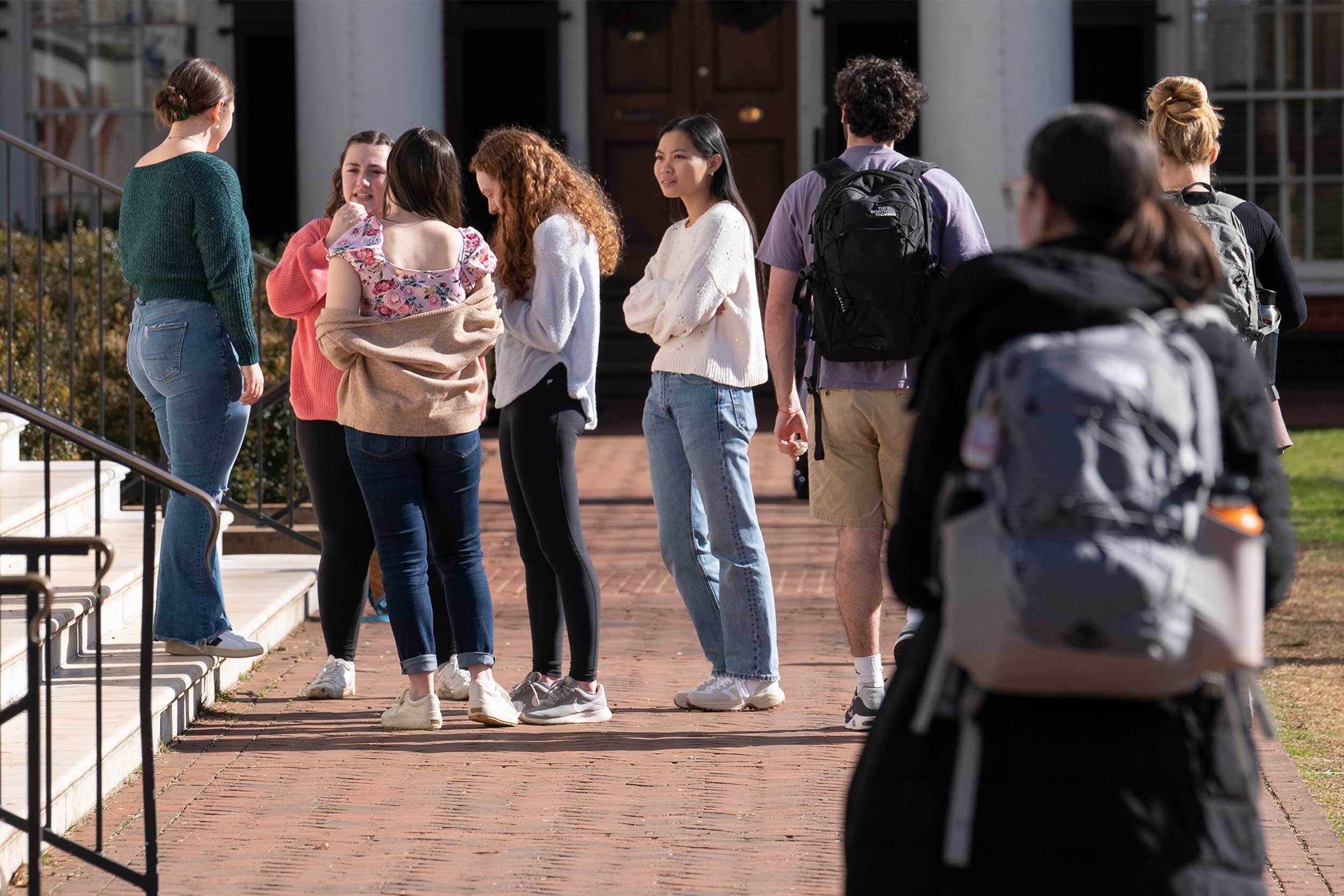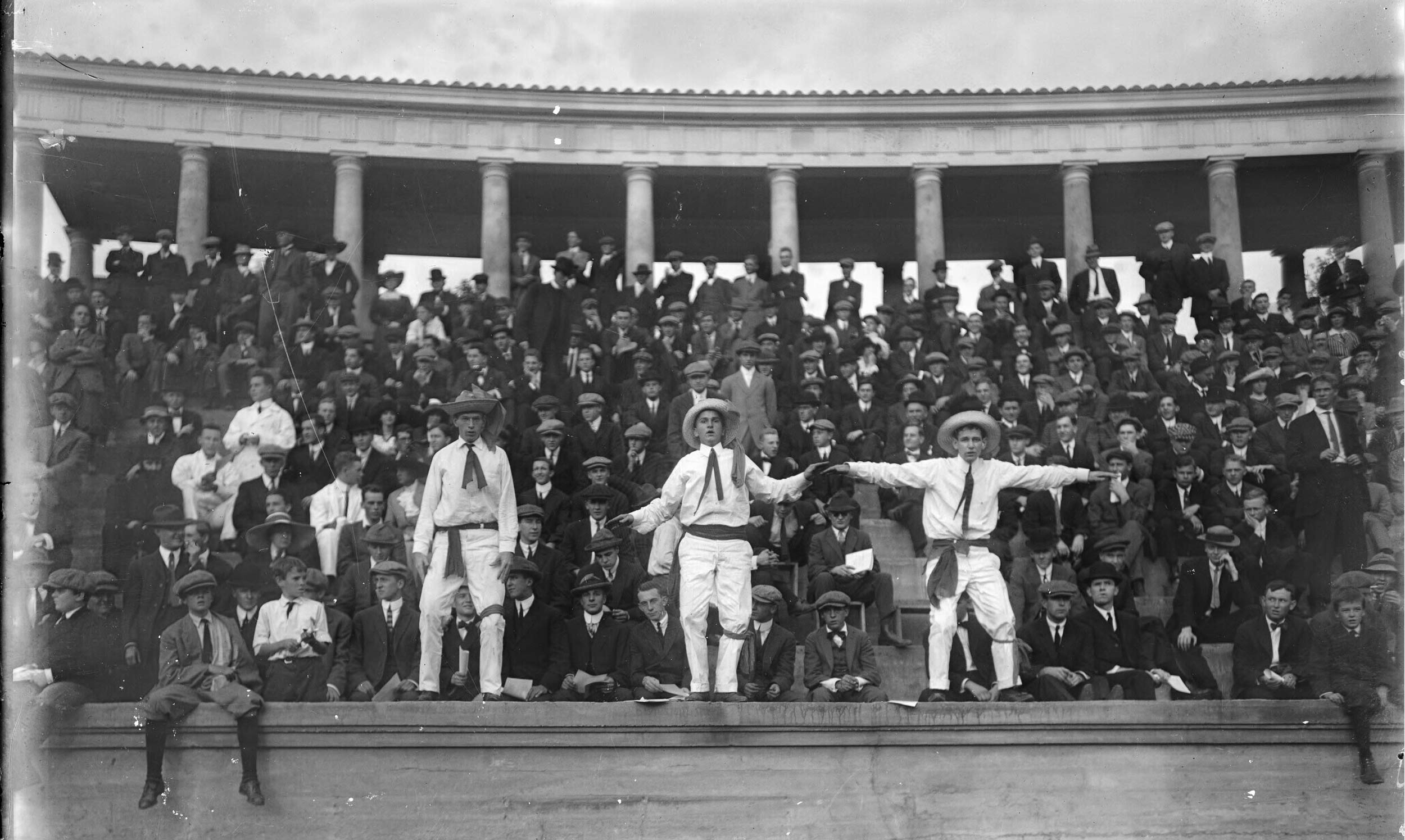
Q&A: Are Office Dress Codes a Thing of the Past?
By Andrew Ramspacher
A blazer or hoodie? Slacks or jeans? Heels or tennis shoes?
The conversation surrounding what constitutes appropriate attire in the workplace went up a notch recently when U.S. Senate Majority Leader Chuck Schumer (D-N.Y.) led an attempt to relax the dress code on the chamber floor.
The unprecedented move meant the previous requirement of men having to wear suits and ties and women having to wear pantsuits or dresses was no longer in force. It opened the door for someone such as Sen. John Fetterman (D-Pa.) to fashion his preferred style of a hooded sweatshirt and gym shorts.
Sen. John Fetterman can now wear his signature shorts and hoodie on the Senate floor without fear of violating a Senate dress code.
A new rule — or lack of a rule — takes effect this week. https://t.co/aKuGNOJkm3
— The Philadelphia Inquirer (@PhillyInquirer) September 18, 2023
But after a wave of publicity, the Senate on Wednesday passed a bipartisan resolution that reinstated the business attire dress code on the floor.
Regardless, traditional dress in the workplace has seemingly gone by the wayside in recent years. In April, the job search engine Adzuna published research that found “casual attire at work is on the rise while business wear is declining.”

The first day of classes on Grounds this fall revealed today’s preferred styles of UVA students. (Photo by Dan Addison, University Communications)
Regardless, traditional dress in the workplace has seemingly gone by the wayside in recent years. In April, the job search engine Adzuna published research that found “casual attire at work is on the rise while business wear is declining.”
“In 2019,” the report revealed, “58% of employers wanted employees to feel free to dress casually at work, while 41% adhered to a business casual dress code. By 2022, the percentage of employers citing casual dress codes rose to 70%, while those asking for business casual attire dropped to 29%.”
A reflection of that change can be seen during men’s basketball games at John Paul Jones Arena, where University of Virginia head coach Tony Bennett, a suit-and-tie wearer for many seasons on the sideline, now typically dons a quarter-zip pullover, casual pants and sneakers. Bennett’s updated look matches that of many of his counterparts as college basketball has seen coaches “go casual” since the beginning of the pandemic-affected 2020-21 season.
This season, #ACC men’s basketball coaches have ditched their suits and ties for more casual attire on the bench. Could the fashion trend become the norm?
“Trust me, it’s been discussed multiple times with our staff. We’re not a GQ staff.” https://t.co/OdoYJSgx1u pic.twitter.com/VwM4FhS8W9— Cavalier Insider (@cavalierinsider) January 27, 2021
The variety of wardrobe developments led us to the UVA Darden School of Business, where we checked in with professor Melanie Prengler, an expert in leadership and organizational behavior, for her take on office dress codes.
Q. Does what you wear affect how you perform at work?
A. The relationship between what we wear in the workplace and our productivity is complex.

Darden School professor Melanie Prengler is an expert in leadership and organizational behavior. (Darden School of Business photo)
On the one hand, when we feel like we can express our authentic selves, not only do we feel more like we belong, but we’re less bogged down with trying to look like we fit in and freer to focus on our work.
On the other hand, uniformity creates a sense of shared professional norms and a shared mission.
Q. Are office dress codes a thing of the past? If so, what’s changed?
A. My sense is that office dress codes are declining, but not disappearing. During the pandemic, many workers realized they can be just as productive in pajamas as when they wear a suit and tie. So, as they return to work, managers and employees are asking themselves, “Is a suit really necessary?” For some, the answer may still be “Yes,” and for others, the answer is “No.”
Q. Historically, why were dress codes developed?
A. Workplaces have historically instituted dress codes for many reasons, including cultivating a sense of shared mission, to convey competence and professionalism to clients, or as a function of safety – no open-toed shoes in scientific laboratories, for example.
At the same time, we are in the midst of revisiting historic norms of professionalism. For example, the CROWN Act sparked a national conversation around how historic norms of “professional” appearance were used to discriminate against employees with natural hairstyles such as braids and locs.
Q. It seems as if different attire rules are attached to people in different positions within the workplace. For example, the manager might wear more formal attire, while the staffer might be in more casual wear. Why is that?
A. Managers have likely tended to wear more formal attire because that is what has historically been expected of them. This expectation arises because, in part, what we wear shapes how others perceive us.

In a reflection of the times, a crowd assembled to watch a UVA football game in the early 1910s at Lambeth Field wore formal attire. More than a century later, Wahoo fans typically wear orange and blue-clad polos, T-shirts, sweatshirts and jackets. That more casual approach has extended into workspaces. (Holsinger Collection, UVA Library)
If you see a person wearing scrubs, a white lab coat, and a stethoscope, you’ll likely assume they are a medical professional. In the same way, when we see someone wearing a suit, we make assumptions – accurate or not – about their competence, leadership capacity and power.
Q. How has the nature of a workplace or business typically impacted a dress code?
A. Likely, dress code policies are a product of the philosophy of the leadership and the context they’re in. If a company is in an industry where norms and expectations lean toward formal work attire, the leaders can decide to stand out by going casual or fit in by conforming to the norms of the industry.

From suits and ties (1963) to shorts and a T-shirt (2023), the Lawn has hosted a variety of fashion statements over the years. (Photos by Ed Roseberry, left; and Erin Edgerton, University Communications)
Similarly, employees can decide to stand out or fit in. The important thing is to make an informed and intentional choice by weighing the costs and benefits of both options.
This story originally appeared in UVA Today
The University of Virginia Darden School of Business prepares responsible global leaders through unparalleled transformational learning experiences. Darden’s graduate degree programs (MBA, MSBA and Ph.D.) and Executive Education & Lifelong Learning programs offered by the Darden School Foundation set the stage for a lifetime of career advancement and impact. Darden’s top-ranked faculty, renowned for teaching excellence, inspires and shapes modern business leadership worldwide through research, thought leadership and business publishing. Darden has Grounds in Charlottesville, Virginia, and the Washington, D.C., area and a global community that includes 18,000 alumni in 90 countries. Darden was established in 1955 at the University of Virginia, a top public university founded by Thomas Jefferson in 1819 in Charlottesville, Virginia.
Press Contact
Molly Mitchell
Senior Associate Director, Editorial and Media Relations
Darden School of Business
University of Virginia
MitchellM@darden.virginia.edu




